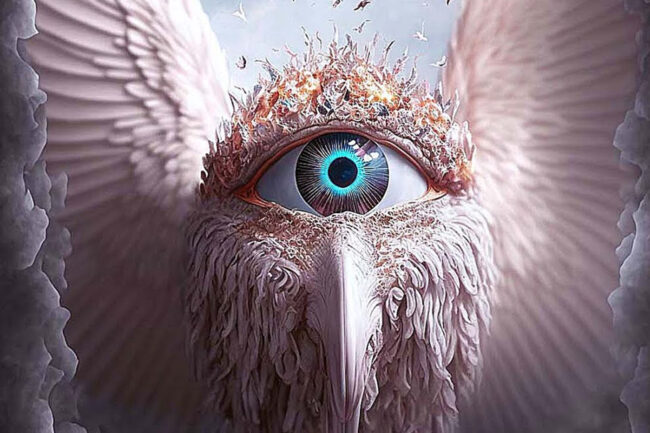 Higher up the Angelic chain we climb, this week The Thrones
Higher up the Angelic chain we climb, this week The Thrones
The celestial entities referred to as ‘Thrones,’ also known as ‘ophanim’ or ‘offanim,’ and sometimes ‘galgallin,’ hold a profound significance in various religious traditions. Serving as the divine chariots of God, these beings are steered by the cherubs, embodying peace and absolute submission. In the cosmic realm where material form begins to take shape, the thrones stand as majestic wheels adorned with numerous eyes.
Attributes and Functions:
Thrones not only provide the resting place for God but are also depicted as guardians of the throne, ceaselessly chanting glorias to the divine and perpetually dwelling in the divine presence. Their role extends to meting out divine justice and upholding the cosmic harmony governed by universal laws.
Biblical and Extra-Biblical References:
Late sections of the Book of Enoch, specifically in chapters 61:10 and 71:7, present thrones as celestial beings alongside cherubim and seraphim, forming an eternal, vigilant presence around God’s throne. In Christian angelology, thrones are recognized as one of the angelic choirs, emphasizing their integral role in the celestial hierarchy.
The First Book of Enoch (71.7) suggests an equivalence between Ophanim and Thrones in Christianity, listing them together along with cherubim and seraphim. Descriptions from the same text depict the Ophanim as the actual wheels of the Lord’s Heavenly Chariot (Merkabah), embellished with rims filled with eyes, often referred to as the “many-eyed ones.”
Associations with biblical verses, such as Daniel 7:9, further strengthen the imagery of the Thrones. Described as galgal or the wheels of galgallin, these entities are depicted with fiery flames and burning fire, moving alongside winged cherubim beneath the divine throne. The interconnection between the wheels and cherubim signifies the presence of the cherubim’s spirit within the wheels.
In the later Second Book of Enoch (20:1, 21:1), the Thrones are once again identified as the “many-eyed ones,” reinforcing their multifaceted and transcendent nature. The rich tapestry of references from these texts illuminates the profound symbolism and spiritual significance attributed to the Thrones in various religious traditions.
